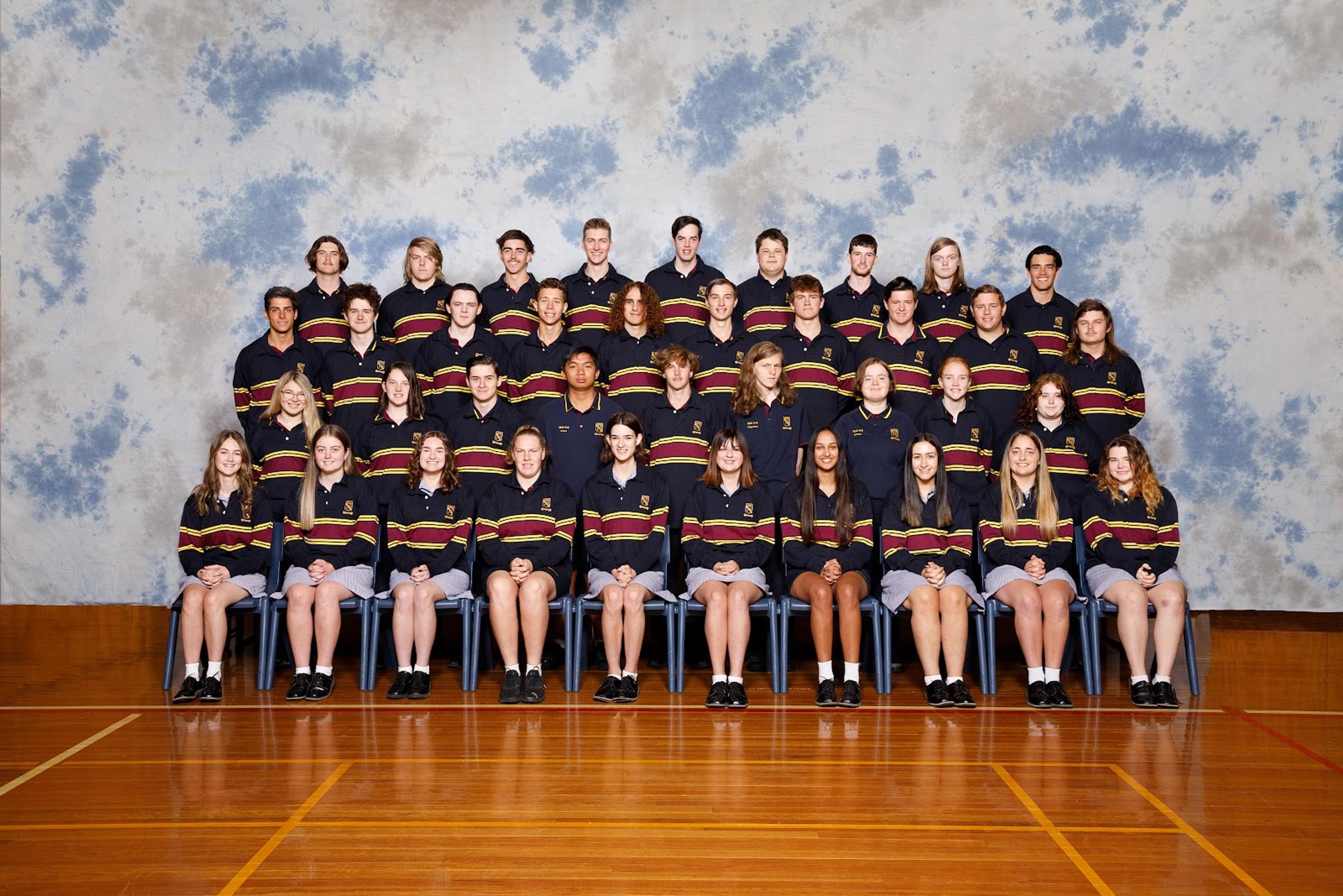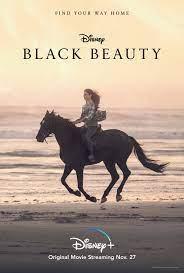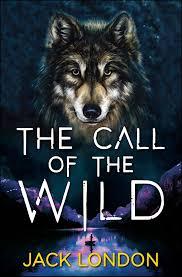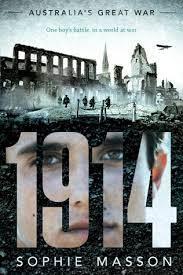9-12 Community News

Year 12 Exams are almost finished with only Studio Art and VET Engineering and Applied Computing to be conducted today and Media to go on Monday. We are looking forward to celebrating our student’s achievements at our Graduation Mass and Dinner next Tuesday evening with students, families and staff.
By the time you read the next edition of the College Newsletter, our Years 10 and 11 students will be sitting their exams. These will be held in Weeks 8 and 9 of this term. In the lead up to the examination period, staff will be providing students with revision material to assist with their preparation. The Exam Timetable and information about the expectations around the exams and study sessions has been shared with students and families this week.
Exams are inevitable for students, but they don't have to be painful. These study tips can help you get ready for, and get through, your exams. They can also help you prepare for tests and class presentations, and tackle in-class assignments.
1. Find out about the exam
Find out as much as you can about the exam. Questions to ask include:
- What topics will be covered?
- What type of exam is it (for example, multiple choice, essay, open book, take-home)?
- Will there be a choice of questions or tasks?
- How much will each question or task be worth?
2. Ask for help
Don’t feel bad if you need to ask for help. People you can talk to about exams include:
- teachers
- your TA
- family members
- friends and fellow students
3. Sort out your subject material
Before starting to review a subject it helps to:
- check you have all of the handouts
- put your notes in order
- read over any course outline or study design
- write your own summaries of each textbook chapter or section of the study design
Getting all your gear together makes it easier to find what you need while you’re studying.
4. Review past exam papers
Get your hands on any old exam papers from the subject and familiarise yourself with the structure and format. Places you can get past exam papers from include:
- your teacher
When reviewing, practise answering the questions within the specified time limits.
5. Know where to go
Make sure you know where and when the exam is happening. You don't want to miss your exam! Here's how to make sure that doesn't happen to you.
- Check your exam timetable for time and place details
- Make a list of everything you need to take with you (for example, calculator, pencil, ruler)
- Do some study at the same time as your exams (for example, if you have an early morning exam, practise getting up and studying earlier in the day)
6. Don't cram
Staying up all night to cram will only stress you out. It's better to just review what you've already studied and get an early night. That way you'll be as refreshed as you can be on the day of your exam.
If you want to do some preparation the night before, keep it simple:
- Get all your materials together
- Read over your notes
- Test yourself on key concepts
- Set your alarm
7. Keep your cool
Fronting up to an exam can be nerve-wracking, but here are some tips for staying calm:
- Get lots of rest and plenty of sleep
- Don’t talk too much to other students before the exam
- Try to get there with time to spare so you don't arrive all rushed
- Make sure you have a decent breakfast
- Listen to some inspiring music on the way to the exam
- Get some exercise
8. Use your reading time
The way you use your reading time can really help you make the most of your exam time. Here are some ways to use your reading time well:
- Read all of the instructions very carefully
- Scan the whole exam paper
- Check how many pages there are
- Check how much each question is worth (it helps to spend more time on heavier weighted questions)
- Plan which questions to answer first (consider starting with questions you're confident about)
- Plan how much time you'll spend on each answer or section
- Start thinking about your answers
9. Break the questions down
A great tip for any exam is to break the questions down to make sure you really understand what you’re being asked.
Look for the key parts of the question. These can give you clues on how to answer it.
For example, for the question, "Explain the difference between study and revision", you could split this question into four parts:
- Explain – Give reasons to show how or why something is the way it is.
- The difference – What are the distinguishing factors between study and revision?
- Study – What is study?
- Revision – What is revision?
10. Review your answers (if you can)
If you finish the exam before the time is up it's a good idea to go back over everything, even answers you're confident you got right. Try to:
- review as many answers as you can
- start with the questions you're least confident about
- make sure you've answered every question
- make sure you've answered every part of every question (some questions might have multiple parts).
Come up with your own strategies
Remember – these tips are only some of the things that you can do to get the most out of your exams. There might be other things that work even better for you.
Ask around – find out what your friends do for their exams – maybe some of their tricks will work for you as well! Maybe your teachers have some good recommendations too.
For more tips and advice about exams and studying, check out our Top ten study tips page.
Source:
Following the Year 10/11 Exams, all students in the 2022 9-12 Community will undertake the Early Commencement Program (ECP), starting on December 2nd and continuing until December 10th. The aim of this program is to begin the familiarisation process for teachers and students, to ensure that teachers can get to ‘know the learner’ and that students are introduced to their teachers and classmates and learn about the expectations and subject matter of their 2022 classes. Where possible, teaching staff will be following their 2022 teaching allocations, so students will get to know their teachers before they head off into the Christmas break.
Student subject selections are being finalised, with the Partnerships for the Future candidates completing their applications process with interviews. The 2022 9/10 Electives selections have been collated. Students nominating for VET programs have been contacted by the training providers and Mrs Langley and will be looking forward to orientation days in the coming weeks. Students selecting VCE Fast Track classes will be discussing their selections in TA conversations and can look forward to stepping into VCE as they begin the ECP.
Next Friday, our Years 10s and 11s will be involved in presentations from Darren Pereira from Success Integrated. Our Year 11s will participate in a Study Skills for Success program and The Leadership Challenge workshop. The Year 10s will participate in the “Pathways to Success’ program, designed to help the students identify their passions and find where their talents lie. We are excited to be able to have our presenter on-site for these workshops.
The theme of leadership was very topical this week, with the announcement of our 2022 College Student Leaders. We congratulate College Captains Olivia Watson and Lucas Wilson, Catholic Social Teaching Leaders, Belle Hipwell and Alyssa Trebilcock, and our House Captains - Augustine: Ethan Hart and Nicola Minicozzi, Brigidine: Cody Price and Benjamin Campbell and Delaney: Thomas Lloyd and Darcy Backway.
We look forward to the contributions that these student leaders will make to our College as they move into 2022.
Michelle Downie Brad Downie
9-12 Community Leader 9-12 Community Leader
Wellbeing & Community Student Learning and Professional Practice
Year 9 Literature
By Isla Carver
There are many texts that explore the notion of loyalty and trust; such as, ‘The Call of the Wild’ by Jack London, ‘Black Beauty’ by Anna Sewell and ‘Gorillas in the Mist’ by Dian Fossey. All three of these novels articulate humans and their relationships with one or multiple animals. They explore how important having trust and loyalty in a relationship is and the benefits it can provide. The novels tell us how beneficial loyalty and trust can be in everyday relationships between animals and humans and even just between humans.
‘The Call of the Wild’ by Jack London explores the notion of loyalty and trust. London illustrates the importance of loyalty with the close relationship between John Thornton and the dog ‘Buck’. Buck was living in a safe home, one night after being mischievous he found himself in the back of Manuel's trailer to be sold to dog traders, ‘c’mon Buck get the treat’ revealing difficulties for Buck as he is being beaten by a club to learn to obey his new master. In addition, the concept of loyalty was reinforced when Buck was taught how to be a working dog in the delivery sled team, with his new master Francois who Buck respected heavily, ‘Buck took up the duties of leadership, and where judgement was required’, pinpointing that their relationship was strong and Francois had built trust and confidence in Buck. Likewise, Buck had finally made it to his ideal master as John took control over Buck when he saved him from a gold miner, Hal, who was viciously beating him. ‘If you strike that dog again, I’ll kill you’ suggesting that they had a caring companionship that they developed together. John and Buck went to live in the wild by themselves, Buck found his own family, ‘Buck found himself, with his own kind’ expressing that Buck is where he is meant to be and he had been on a long journey but have finally found his home. Therefore, the examples provided suggest that loyalty and trust are both principals in, ‘The Call of the Wild’.
‘Black Beauty’ by Anna Sewell portrays how the notion of loyalty and trust between a horse and a human is important. Specifically, Sewell emphasises a relationship of trust and loyalty between a mustang, Black Beauty and a young girl, Jo. Beauty was a wild horse who is rounded up and taken to Birtwick Stables. Jo, a young girl who unfortunately lost her parents is living with her uncle and finds a comforting friend in Beauty as Beauty finds in Jo, “I realised that there was one person who could actually understand me” revealing that an animal can make you feel at home just as the same as a human making you feel at home. Furthermore, a fire was started by a careless boy and it led to Beauty having to be leased to a wealthy family. Jo was saving up to buy Beauty and worked at the stables where she was, Beauty was being ridden and used by many different people. But as the story is narrated by the mustang she kept reminding herself, ‘I knew in my heart I would find her’, expressing that the bond they had formed contained trust and loyalty and it was a safe place for Beauty. However, before Jo and Beauty were reunited Beauty went through hardship and many thoughtless owners, ‘After I was taken from Jo, I didn’t think my life could get any worse, but I was wrong’, suggesting that Jo had always treated her horse correctly and the only reason Beauty was putting up with the owners is that when she and Jo reunited it was worth the while. Beauty knew the whole time she would find Jo and be back with the only human she had trust in. Accordingly, ‘Black Beauty’ displays the base of forming trusting and loyal relationships between humans and horses.
The non-fictional narrative ‘Gorillas in the Mist’ by Dian Fossey investigates the idea of loyalty and trust in ways that one would not normally think could be explored. Particularly, Dian exposes the concept of trust and loyalty with the close relationship between humans and gorillas. Dian Fossey goes on a six-month work trip in the African rainforest to research the Gorillas and she becomes extremely passionate towards them, ‘Several young gorillas played around me for over an hour…there aren’t words to describe my emotions’, expressing her pure love for them and the strong relationships that she begins to develop with them. Additionally, Dian forms many relationships that have trust and loyalty including, her relationship with her tracker, Sembagare, and her intimate relationship with the photographer, Bob. While in the African rainforest with Sembagare and occasionally Bob she comes across many problems in her quest to save the species including, poachers, personal health issues and the opinions of the people surrounding her. She was extremely protective over the gorillas and if something tried to hurt them she would work her hardest to stop it from occurring, ‘The more you learn about the dignity of the gorilla, the more you want to avoid people’, expressing that even though she would face challenges, she would overcome them. Dian was making a change until there was a poacher attack and Dian’s favourite gorilla named Digit was killed, ‘they took his head and his hands’, shortly after Digit was buried Dian was murdered which to this day is still a mystery and was fortunately buried next to her gorilla Digit. Therefore, ‘Gorillas in the Mist’ reveals the importance of loyalty and trust when forming relationships and the consequences of potentially becoming too involved in a personal quest to save the gorillas.
These three texts all illustrated the importance of trust and loyalty in relationships. ‘The Call of the Wild’ by Jack London, ’Black Beauty’ by Anna Sewell and ‘Gorillas in the Mist’ by Dian Fossey all explore how loyalty and trust is a major aspect of a strong relationship. The novels emphasise how important loyalty and trust in relationships between animals and humans are.
Year 9 English
How does Sophie Masson explore the events of WWI in her novel “1914”?
Essay by Nicholas Simpson
“Sometimes, even your own side is against you” - Sophie Masson
WW1 holds a significant place in the history of our planet, the novel 1914, written by Sophie Masson and published in 2014, provides the reader with extensive knowledge on the entirety of WW1. Set in 1914, the novel follows the story of brothers Thomas and Louis on their journey through-out WW1. With a plethora of characters, this novel helps to retell the horrific events that once took place both educational and entertainment purposes. From the gruesome battles, horrific fights and terrible situations many soldiers had to endure, ample amounts of information can be source from this novel.
Inseparable brothers, Thomas and Louis face many situations that require quick thinking and crucial survival skills. Throughout the novel, Masson explains the events of WW1 through her main characters, this is evident with Louis’s photography and Thomas’s writing. In this narrative, the brothers are shown watching the arrival of the Archduke in Sarajevo, “…to the sounds of cheering” highlighting the importance of the event. In addition, one of the brothers Louis was a first hand witness to an attempted murder of the Archduke. This is made clear when an explosion is set off under a car right next to Louis, “… something bounced off the Archdukes car” proving that the explosion was intended for the Archduke. Furthermore, these two brothers capture the death of the Archduke and his wife, “Shots, he’s shooting!” revealing the essential catalyst of WWI. It is therefore evident that both Thomas and Louis captured exactly why WW1 commenced and how it happened.
After the tragic lost of Thomas Julian’s leg, he is left feeling hopeless and mentally wounded. For example, when Louis goes to visit Thomas after the accident, Thomas pushes his brother away and tells him many of the depressing thoughts that cross his mind, “I’ve lost everything“ proves that Thomas was suffering mental trauma due to his injury. Additionally, not only Thomas was affected by the loss of his own leg, this is because in many cases of mental and physical injury, family and friends of the victim are affected too. This is evident when Louis lashes out on his brother during an argument on Thomas’s situation, “I hate seeing you like this“ shows that not only Thomas is suffering from the events of what happened. Furthermore, even with Thomas being racked with physical and mental trauma, his family and friends are always there to assist him. This is apparent when Louis is expressing his concerns with Thomas and how the event has affected their family, “…we will be cripples together“ highlights the support others offered to Thomas when he was at his worst. Therefore, it is apparent that even with the loss of his leg, Thomas still has the support of his family through such a terrible time.
Horrific, gruesome and dreadful are just few of the many words used to describe WW1, however, there was a time when peace was made between both sides, this being the Christmas truce. In particular, the truce was made when German soldiers could be seen decorating trees and singing Christmas carols, “That puts a swing on things” proves that many soldiers were baffled by the sight and didn’t know how to react to the situation. In addition, the Christmas truce gave many soldiers a feeling of relief and peace after battling for such an extent period of time, “… the Christmas truce warmed my heart” highlighting the deep effects the Christmas truce had on many soldiers emotionally. Furthermore, even after fighting each other for so long, the soldiers shared their personal stories and experiences with others. This lead to many soldiers socialising with one-another more and enjoying the temporary truce, “We all laughed at that” shows that many people were having a splendid time with their opposition. The Christmas truce had a lot of impact on the way many soldiers saw each other on the battle field. By sharing stories and having a good time, the tired men got a much needed break and finally a chance to enjoy themselves.
Masson’s action packed novel explored the repeated theme of ‘WW1’ from many characters perspectives. Louis Julian, the protagonist, primarily demonstrates the key events of WW1 though his photography and journalism. With Masson’s extensive knowledge on WW1 and engaging characters, 1914 reveals many important aspects of war within a narrative.




